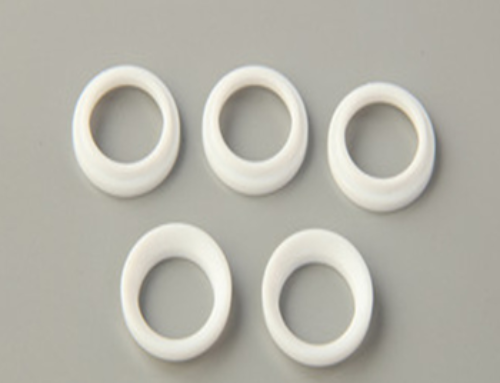PTFE (Polytetrafluoroethylene) is a highly versatile and widely used synthetic fluoropolymer known for its exceptional chemical resistance, non-stick properties, and high-temperature stability. A frequently asked question is: What is the PTFE material?
What Is the PTFE Material’s Composition?
PTFE is a polymer made from tetrafluoroethylene (TFE) monomers. The strong carbon-fluorine bonds in its molecular structure give PTFE its unique properties, such as resistance to corrosion and extreme temperatures, making it an ideal choice for demanding applications.
What Is the PTFE Material Used For?
PTFE is used in various industries due to its non-reactivity and durability. It is commonly found in non-stick cookware coatings, gaskets, seals, chemical-resistant linings, and electrical insulation. Its low friction coefficient also makes it suitable for applications like bearings and slide plates.
What Is the PTFE Material’s Thermal Resistance?
One of PTFE’s standout features is its ability to withstand high temperatures. It remains stable and functional between -200°C and 260°C, making it a reliable choice for high-temperature environments in industrial and automotive applications.
What Is the PTFE Material’s Chemical Resistance?
PTFE is virtually impervious to most chemicals, including acids, bases, and solvents. This property makes it indispensable for applications in the chemical processing industry, where exposure to harsh substances is common.
What Is the PTFE Material’s Role in Modern Engineering?
PTFE’s combination of non-stick, chemical resistance, and thermal stability has cemented its role in modern engineering. It is essential in aerospace, electronics, and food processing industries, where reliable performance is critical.













Leave A Comment
You must be logged in to post a comment.